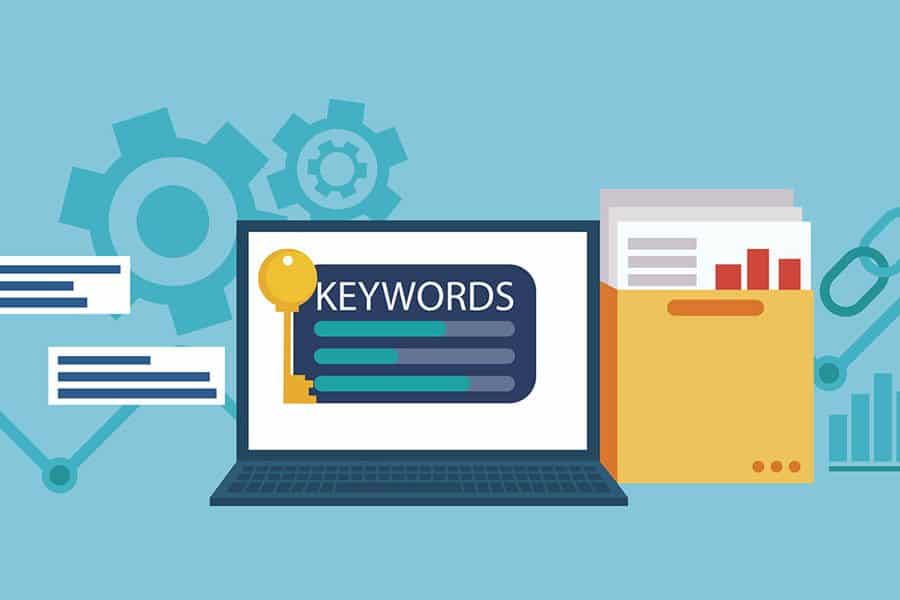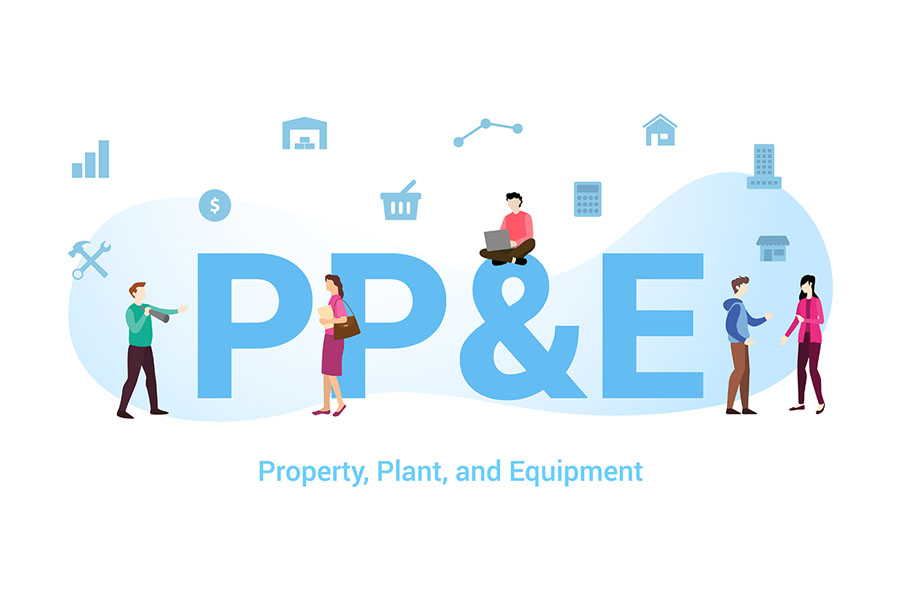![what-are-current-liabilities?-how-to-calculate-them-[+-calculator]](https://zabollah.com/wp-content/uploads/2024/06/19458-what-are-current-liabilities-how-to-calculate-them-calculator.jpg)
A current liability is any financial obligation that has an amount due within the next 12 months. It can be found on your company’s balance sheet and can include loan payments, payroll expenses, and accounts payable (A/P). It’s an important figure to know because it will help ensure that you have enough assets to satisfy your short-term liabilities. Creditors and investors will also use the figure to determine the financial state of your business if you apply for financing.
To calculate your current liabilities, you can use our calculator:
Current Liabilities Formula
Here is the formula for how to calculate current liabilities, along with a description of each category. The items in this formula can be found on your company’s balance sheet.
Current liabilities = notes payable + accounts payable + accrued expenses + short-term loans + unearned revenue + current portion of long-term debts + other short-term debts
Notes Payable
Notes payable are the agreements that outline the terms of a loan and represent the total debt obligations you currently owe. For example, when you get a small business loan, you will likely be required to sign a promissory note, a document that outlines the terms of repayment. These terms typically include the loan amount, loan term, interest rate, and the amount and frequency of periodic payments. Any payments that are due within 12 months are considered a current liability.
Accounts Payable
Accounts payable refers to the amount that’s owed to suppliers and other vendors for services and products they’ve provided to your business. These businesses will typically issue an invoice to your company, which must then be paid within 30 to 60 days. A/P includes items such as invoices, contracts, and legal fees.
Accrued Expenses
Accrued expenses (otherwise known as accrued liabilities) are expenses that your business has incurred but not yet paid. Some common examples can include payroll expenses and wages for employees, utility bills, rent payments, and customer warranty repairs.
Short-term Loans
Short-term loans with any amounts due within the next 12 months will be considered a current liability. This will include any amounts for principal, interest, or any other loan fees. Some examples of a short-term loan include a small business line of credit, business credit cards, and personal loans obtained for business purposes.
Unearned Revenue
Unearned revenue, also called deferred revenue, is cash received from a customer for goods or services that have not been provided but will be fulfilled within 12 months. It can be considered as “prepayment” for products or services that will be supplied in the future. Common examples include insurance payments made in advance, prepaid rent, annual subscriptions for computer software, or gift cards.
Current Portion of Long-term Debts
If you have taken out a long-term loan, such as a 25-year commercial real estate loan, amounts that are due within the next 12 months are still considered a current liability. This is typically the sum of principal, interest, loan fees, or balloon portions of the loan.
Other Short-term Debts
Payments you must make within the next 12 months that have not been included in any of the above categories on your balance sheet are also considered a current liability. Some examples can include dividends payable, credit card fees, and reimbursements to employees.
To calculate current liabilities, you can review your company’s balance sheet and add all of the items from the current liability formula, which will capture all expenses due within 12 months. In the example below, we will demonstrate calculating current liabilities for common items found on a balance sheet.
Adding each of the following items gives us a total of $135,000 for current liabilities:
- Notes payable: $50,000
- A/P: $10,000
- Short-term loans: $20,000
- Accrued expenses: $5,000
- Unearned revenue: $10,000
- Current portion of long-term debts: $25,000
- Other short-term debts: $15,000
How to Calculate Average Current Liabilities
In some cases, you may need or want to know the average of your current liabilities over a certain time frame. This can give you insight as to whether it is trending up or down.
To calculate your average current liabilities, you can use the following formula:
| Average current liabilities |
= | Total CL at the beginning of period + Total CL at the end of period Length of time period |
For example:
- CL for the past year: $100,000
- CL for the current year: $150,000
- Period: Two years
Here’s the computation when we plug that data into the formula:
- Average current liabilities = ($100,000 + $150,000) ÷ 2
- Average current liabilities = $125,000
Why You Should Know Your Current Liabilities
Knowing the value of your current liabilities is vital to ensuring that your business is financially stable and has the capacity to fulfill its short-term obligations. This can help you stay current on your short-term liabilities and maintain a strong credit score. You can also compare your current liabilities to your available cash or other current assets that could quickly be liquidated in case you have a cash flow shortage.
Current liabilities are also something that lenders might look at if they’re deciding whether you qualify for a business loan. Lenders like to see companies that are highly liquid with the ability to generate cash to pay off debts. Your company’s current ratio and quick ratio are two items a lender can look at in determining your company’s liquidity.
- Current ratio is calculated by taking current assets and dividing them by current liabilities. Current assets are items that can be turned into cash within the next 12 months.
- A current ratio greater than 1 generally indicates that a company has enough liquidity and assets to meet its short-term obligations.
- Quick ratio is calculated by taking a company’s quick assets and dividing them by its current liabilities. Quick assets are items that can be easily converted to cash but exclude inventory or prepaid expenses, so it is more conservative than the current ratio.
- A quick ratio greater than 1 generally indicates a company has the ability to turn its most liquid assets into cash to meet its short-term obligations.
Frequently Asked Questions (FAQs)
Current liabilities are used to determine the financial well-being of a company and to ensure debt obligations can be repaid.
Current liabilities are short-term financial obligations that are due within one year.
Current liabilities can be assessed by creditors or investors to help them determine whether or not your business keeps up with its current debt obligations and your current financial capacity.
Bottom Line
Now that you know what current liabilities are, how to calculate them, and what they look like on your balance sheet, you can determine your ability to meet short-term obligations due within a year. Knowing this figure can help you gauge the financial health of your business and improve your ability to obtain financing opportunities. Staying on top of your company’s current liabilities can be an important step in ensuring its short- and long-term success.





